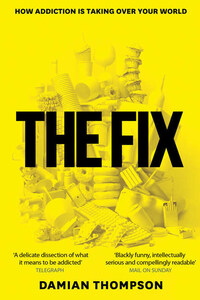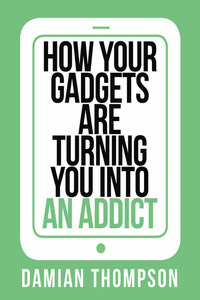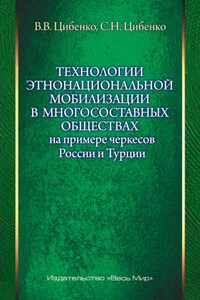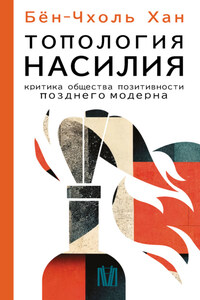CONTENTS
Title Page
1 - CUPCAKES, IPHONES AND VICODIN
2 - IS ADDICTION REALLY A ‘DISEASE’?
3 - WHAT THE BRAIN TELLS US (AND WHAT IT DOESN’T)
4 - ENTER THE FIX
5 - WHY CAKE IS THE NEW COKE
6 - HAPPY HOUR
7 - DRUGSTORE COWBOYS
8 - GAMING, THE NEW GAMBLING
9 - REDISCOVERING PORN
10 - DELIVER US FROM TEMPTATION
ACKNOWLEDGEMENTS
NOTES
Copyright
About the Publisher
1
CUPCAKES, IPHONES AND VICODIN
The 21st-century cupcake is a thing of wonder: a modest base of sponge groaning under an indulgently thick layer of frosted sugar or buttercream. It’s made to look like a miniature children’s birthday cake – and, indeed, birthdays are the perfect excuse to scurry down to the local boutique bakery for a big box of them. The retro charm of cupcakes helps suppress any anxieties you might have about sugar and fat. Your mother made them! Or so the advertising suggests. Perhaps your own mother didn’t actually bake cupcakes, but the cutesy pastel-coloured icing implies that one bite will take you back to your childhood. This can’t possibly be junk food, can it?
Now let’s consider another ubiquitous presence in modern life: the iPhone, which started out as a self-conscious statement of coolness but which, thanks to Apple’s marketing genius, has now become as commonplace as a set of car keys. Millions of people own iPhones, making use of hundreds of thousands of apps, whose functions range from GPS-assisted mapping to compulsively time-wasting computer games. Your iPhone does everything you could require of a mobile phone and more, so you really don’t need the upgraded model that Apple has just released … do you?
Then there’s Vicodin. It’s the most commonly prescribed painkiller in America. In fact, it’s the most commonly prescribed drug in America: 130 million scripts for it were handed out in 2010 and 244 million for the overall class of drug, narcotic analgesics.1 It’s strong stuff, a mixture of two painkillers: hydrocodone (an addictive opioid) and paracetamol (non-addictive, but causes liver damage in high doses). Vicodin is intended for the sort of pain that makes you cry out in the doctor’s waiting room – caused by twisted backs, rotting wisdom teeth and terminal cancer. If they swallow so many of those pills, it seems reasonable to conclude that Americans must be in a lot of pain. Or is it just that millions of people can’t manage without Vicodin’s deliciously soothing euphoria, even if there’s nothing much wrong with them?
A cupcake, a smartphone and a common painkiller. These three objects are so innocent-looking that you could leave them on your desk at work and no one would comment (though the cake might disappear). You can easily consume all three simultaneously: swallow the pill for your bad back with a slurp of coffee while checking your text messages and picking at that yummy frosted topping.
On the other hand, each of these mundane items can get us into trouble. They are objects of desire that can reinforce addictive behaviour – the sort that creeps up on you when your defences are down. That’s the subject of this book: a social environment in which more and more of us are being pulled towards some form of addiction, even though we may be unaware of the fact and never become full-blown addicts.
It’s not obvious to us now, but the most far-reaching social development of the early 21st century is our increasingly insistent habit of rewarding ourselves whenever we feel the need to lift our moods.
When our hand creeps out towards yet another square of organic chocolate, or when we play just one more game of Angry Birds before setting off for work, or when we check a secretly bookmarked porn site for new arrivals, we’re behaving like addicts. The activity in question can be innocent or shameful. Either way, it reinforces the addictive streak in human nature.
That streak is there because our brains have evolved to seek out immediate, short-term rewards. Our ancestors needed to stuff themselves with energy-rich berries and to respond quickly to sexual stimulation; we wouldn’t be here if they hadn’t.
Our problem is that we’ve built an environment that bombards us with rewards that our bodies don’t need and that do nothing to ensure our survival as a species. Yet, because they are rewards – that is, because they provoke specific feelings of anticipation and pleasure in the brain – we grab them anyway.
To put it another way, we reach out for a fix.
That’s a word we associate with helpless addicts. They talk about their ‘fix’ because it feels as if they’ve temporarily fixed themselves when they take their drug of choice. There’s no mystery about this. As a result of heavy exposure to the drug, they have become dependent on frequent chemical rewards. Their brains are in a state of hyper-vigilance, waiting for the blessed relief of a chemical that, once tolerance develops, merely allows the addict to feel normal, as opposed to anxious and ill.









